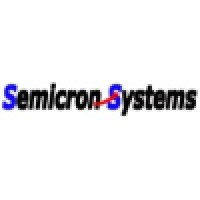
Semicron Systems
Semicron Systems is a worldwide dealer and supplier of Point of Sale Systems hardware and software, including computers, Cash Register Express and Restaurant pro Express software, remote environmental conditions monitoring and control devices, and age verification devices. Since its establishment in 1999, Semicron has helped thousands of individuals, businesses and organizations achieve their retail and restaurant Point of Sale inventory tracking and control, Identification verification, and remote environmental monitoring needs. We are committed to delivering reliable and cost-effective solutions that save our customers money.






